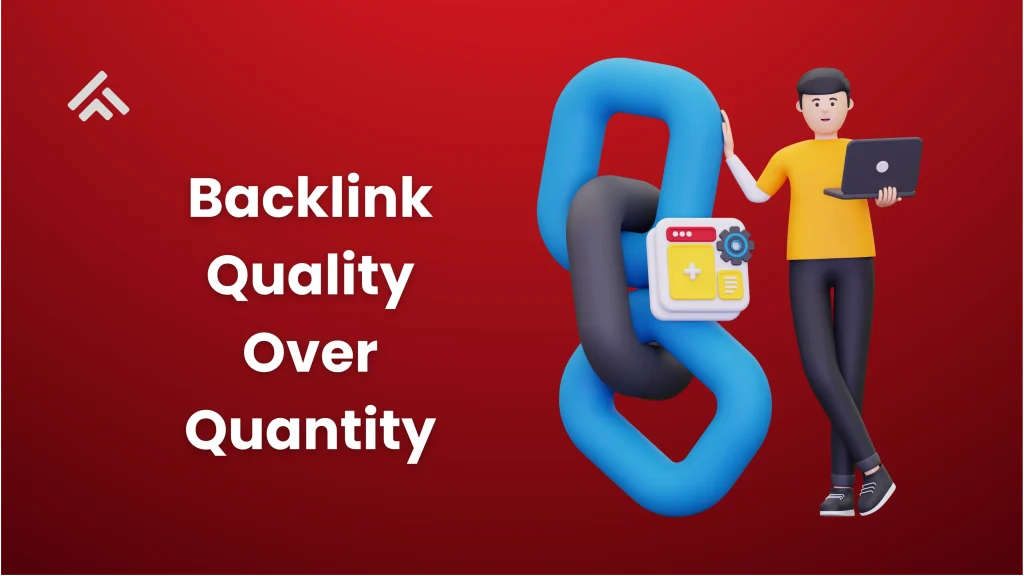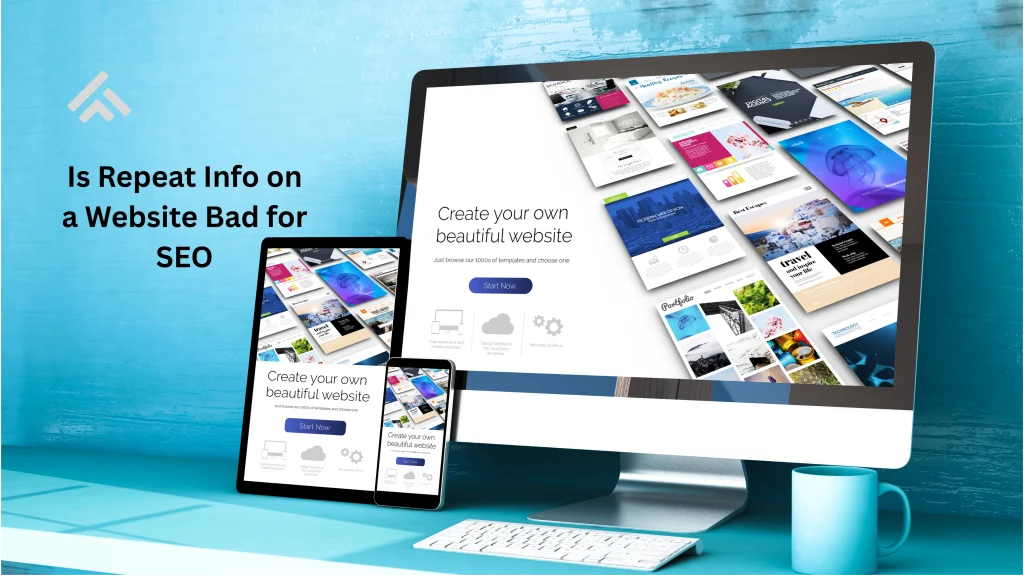Images make a website look better. They catch the reader’s eye and help explain your content. Good images can keep people on your site longer. They also make your pages easier to understand. Search engines like Google also look at images to decide where your site should rank. So, using the right images can help with SEO.
Many people take images from other websites. It seems easy and quick. But this can cause problems. The image might be copyrighted, and you could face legal trouble. Also, using the same image as other sites may hurt your SEO. Search engines prefer original content. Reusing images without changes or credit can lower your site’s value.
Table of Contents
What Is Image Usage in SEO
Image usage in SEO means using images in a smart way to help your website rank better on search engines. Google and other search engines can’t understand pictures the way we do. They rely on the image file name, ALT text, and nearby content to figure out what the image shows. If you use clear, keyword-rich ALT text, it helps your image and page appear in search results.
Another important part is image size and format. Large images can slow down your website, and that hurts your SEO. Slow websites lead to a poor user experience, and search engines may rank them lower. Always compress your images before uploading and choose the right file type, like JPEG or WebP, for faster loading.
Where you place the image also matters. Try to add images near related text. This gives more context to both users and search engines. Also, using unique images is better than copying from other sites. If you’re concerned about content duplication, also consider whether to noindex whitepaper pages.
Using images properly can improve your SEO. Focus on original images, add ALT text, use small file sizes, and place them wisely. These simple steps can help your content rank higher and look more professional.
Why Using Other Pages’ Images Might Affect Your SEO
Search Engines Prefer Original Images
Search engines like Google focus on showing fresh and unique content. If your website uses the same image that’s already used on many other pages, your site won’t stand out. Duplicate images reduce your page’s uniqueness. This can lower your SEO ranking and make it harder for users to find your site.
Duplicate Images May Not Get Indexed
When you reuse an image already found on another site, search engines may skip indexing your version. Google usually gives priority to the site where the image first appeared. If your page depends on that image to bring traffic, you may miss out. You also won’t benefit from image search visibility.
Hotlinking Can Slow Down Your Site
Hotlinking means using an image that loads from someone else’s server. This can slow down your website, especially if their server is slow or down. A slow website gives users a bad experience. Search engines notice slow speeds and may rank your page lower as a result.
Use Original or Legal Images for Better SEO
To help your SEO, always use original photos, graphics, or properly licensed images. Free or paid stock images are also a safe option. Add keyword-rich ALT text, rename files clearly, and compress images for speed. These steps help search engines understand your images and rank your site better.
Legal and Ethical Concerns of Using Images from Other Websites
Risk of Copyright Infringement
Most images on the internet are protected by copyright. This means you can’t use them without permission. If you copy an image without the owner’s approval, you could face legal trouble. This may include takedown notices, fines, or even lawsuits. It’s important to know that even giving credit does not always make it legal.
Fair Use Is Often Misunderstood
Some people think using an image for education or personal blogs counts as “fair use.” But fair use laws are complex and limited. In most cases, using someone else’s image without a license or written permission still breaks the rules. Misunderstanding fair use can lead to accidental violations.
Ethical Responsibility to Content Creators
Using someone else’s image without permission is not only risky, it’s also unfair. Creators spend time and effort to make their content. Using it without credit or payment shows a lack of respect. Ethical use means respecting the creator’s work, asking for permission, or using licensed alternatives.
How Search Engines Treat Duplicate Images
Search engines like Google prefer to show original content, including images. When they find the same image on many websites, they usually give credit to the site that used it first. This means the original source often ranks higher in image search results. If your website uses that same image later, it may not get much or any SEO benefit from it.
Duplicate images don’t add unique value to your page. Search engines look for fresh and helpful content to show users. If your images are copied from other sites, your page might not stand out or rank as well. This can lower your overall SEO performance and reduce your chances of attracting visitors through image search.
Google also limits how many websites it shows for the same image in its search results. It picks just a few top sources to display. If your site isn’t among the first to use the image, it might not appear in image search at all. This means you miss out on potential traffic coming from people searching for that image.
Best Practices for Using Images on Your Website
Use Original or Licensed Images
Always use original images you create yourself. If that’s not possible, choose stock photos or free licensed images from trusted sources. Avoid copying images from other websites without permission to stay safe legally and improve SEO.
Optimize Image Size and Format
Large images slow down your website, hurting both user experience and SEO. Compress images before uploading. Use file formats like JPEG or WebP to keep good quality with smaller file size.
Add Clear and Relevant ALT Text
Write descriptive ALT text for every image. ALT text helps search engines understand what the image is about. Use simple, clear words related to your page content and include relevant keywords.
Use Keyword-Rich File Names
Rename your image files with meaningful keywords instead of random numbers or letters. This helps search engines better identify your images and improves your chances of appearing in image search results.
Place Images Near Related Content
Put images close to the text they relate to. This gives search engines more context and helps users understand your content better. It also supports better SEO and user engagement.
Alternatives to Using Images from Other Sites
Create Your Own Images
One of the best alternatives is to make your own photos or graphics. This ensures your images are unique and fit your content perfectly. You can use a smartphone or camera for photos and simple design tools for graphics. Original images add real value to your site and boost SEO.
Use Stock Photo Websites
Stock photo sites offer thousands of images you can legally use. Some are free, like Unsplash, Pexels, and Pixabay. Others require payment but provide high-quality, professional images. Always check the license to make sure you’re allowed to use the images on your website.
Use Creative Commons Licensed Images
Creative Commons images are free to use with some rules. Some require you to give credit to the creator, while others allow free use without attribution. Websites like Flickr have many Creative Commons images, but be sure to read the license terms carefully before using them.
Purchase or Subscribe to Image Libraries
If you need high-quality images regularly, consider buying or subscribing to paid image libraries like Shutterstock or Adobe Stock. These sites provide a wide variety of professional images with clear licensing, so you stay safe and have access to great visuals.
Conclusion
Using images from other websites can hurt your SEO in several ways. Search engines prefer original content, and duplicate images may not help your site rank well. Also, using images without permission can cause legal problems and slow down your site if hotlinking.
It’s better to use your own photos, licensed stock images, or free images with proper permission. Always optimize images with ALT text and small file sizes. This keeps your website safe, fast, and more likely to rank higher in search results.



